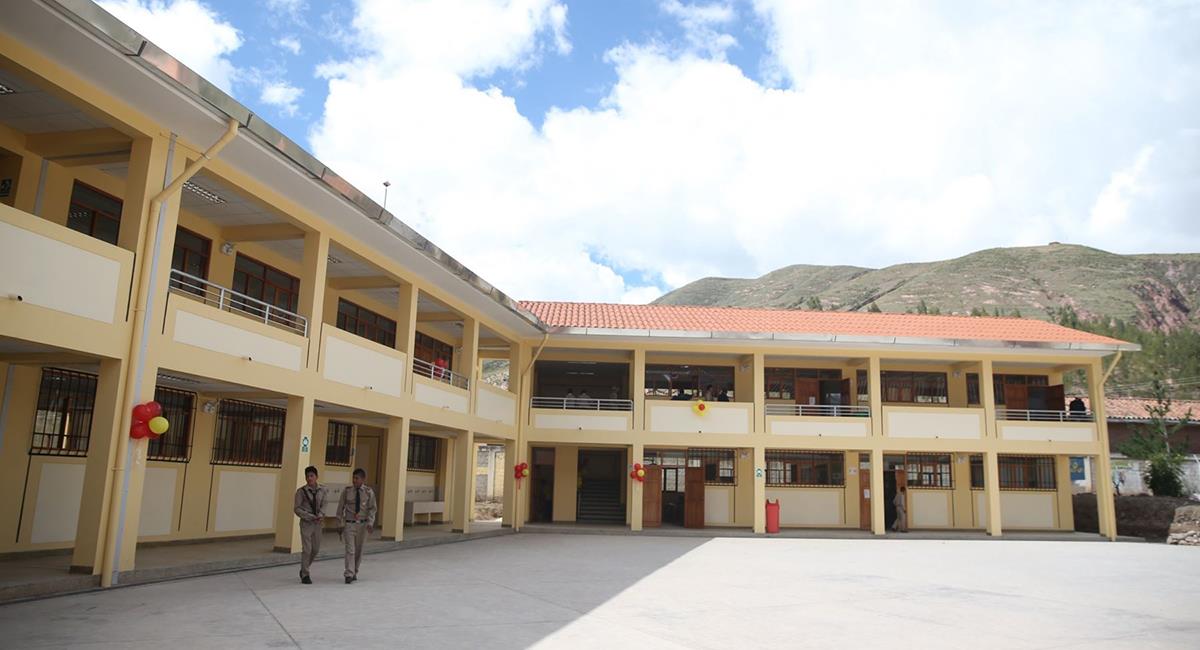School infrastructure breakdown

Many schools in Peru, especially in rural areas, require serious renovation, not only in terms of management but also of the level of the poor infrastructure they have. Almost half of the country's schools are considered insecure and require urgent structural repairs or complete reconstruction. This situation results in students learning in environments that are not only uncomfortable and unsupportive for their development, at the same time very dangerous. In addition, the lack of basic services in some schools, such as adequate sanitary facilities, is also affecting the health and well-being of students.
Another critical problem is the lack of specialized spaces in schools. Laboratories, libraries and sports areas are non-existent or poorly resourced in many schools. This lack of adequate spaces restricts the development of learning, preventing students from engaging in practical, hands-on learning experiences that are essential to their education. Without access to these spaces, students do not have the opportunity to explore subjects such as science, technology and math in a significant way.
The technology gap in Peru's schools is another serious issue of concern. Many schools lack basic technological infrastructure, such as stable Internet access and modern educational resources. This deficiency is of serious concern in this day and age, where technology is a fundamental part of the learning process. Without access to digital resources, students are unable to develop the digital literacy skills that are becoming increasingly necessary for success. With the COVID-19 pandemic, this problem became much more obvious, as many students had difficulty accessing distance education due to lack of access to the necessary technology.
In summary, many schools in Peru, especially in rural areas, are in urgent need of reform due to insecurity and inadequate infrastructure. These poor infrastructures not only make learning difficult, at the same time they also represent a risk to the safety of students. In addition, the lack of essential spaces such as laboratories and libraries limits students' learning opportunities. The technology gap complicates education further, as many schools lack Internet and digital resources, making it difficult for students to develop the skills needed nowadays.